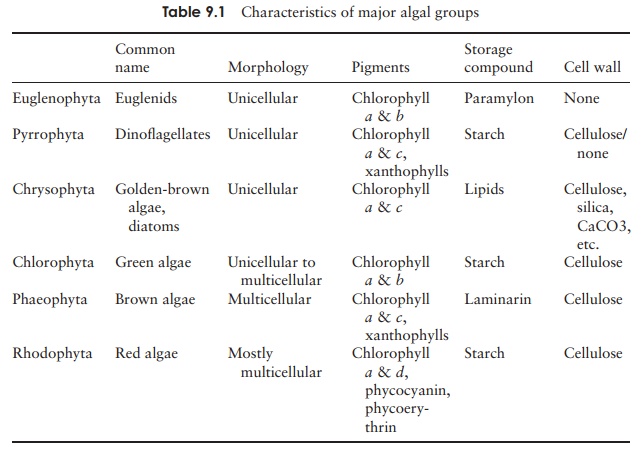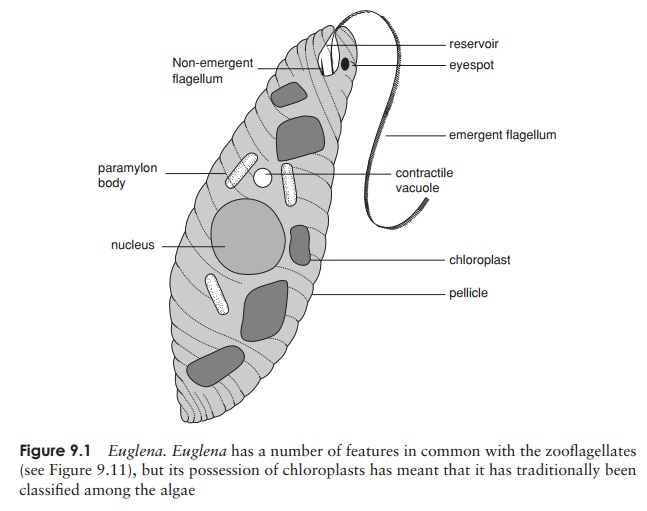Chapter: Essential Microbiology: Protista
The Algae
‘The Algae’
The Algae is a collective name traditionally given to
several phyla of primitive, and mostly aquatic plants, making up a highly
diverse group of over 30 000 species. They display a wide variety of structure,
habitat and life-cycle, ranging from single-celled forms to massive seaweeds
tens of metres in length. Most algae share a number of common features which
caused them to be grouped together. Among these are:
·
possession of the pigment chlorophyll
·
deriving energy from the sun by means of oxygenic
photosynthesis
·
fixing carbon from CO2 or dissolved
bicarbonate.
Modern taxonomy attempts to reflect more accurately
the relationship between organ-isms with an assumed common ancestor. Thus, in
the following pages, the unicellular ‘algae’ are discussed in relation to other
unicellular eucaryotes. Multicellular forms, including the Phaeophyta (brown
algae) and Rhodophyta (red algae), are not discussed at great length and are
included for the sake of completeness.


Related Topics